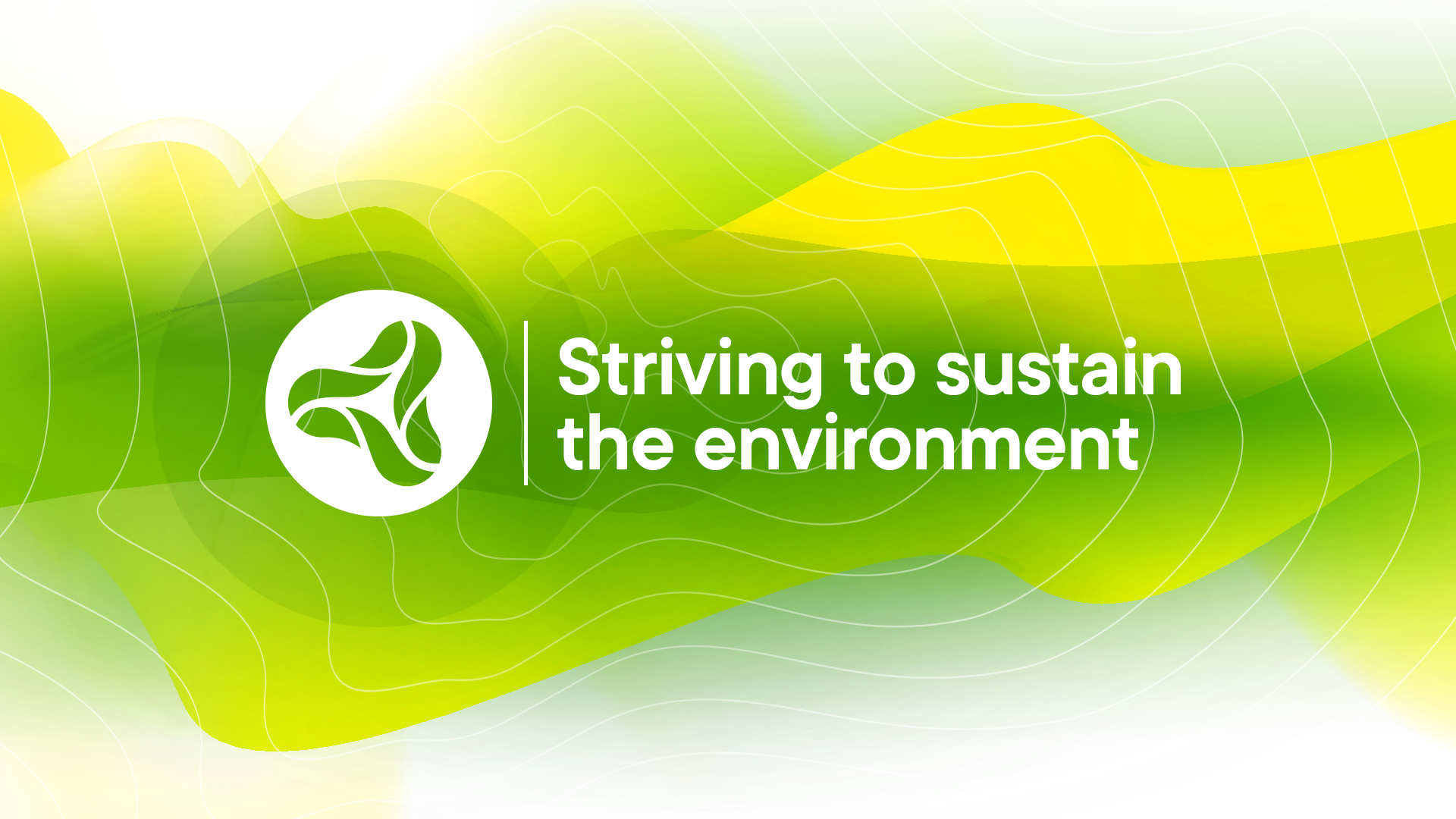Sustainable Intelligence: Rethinking AI’s Environmental Impact
Exploring the power of AI, its environmental challenges, and actionable steps to scale sustainably.
Artificial intelligence (AI) is transforming the way we live and work. With its potential to contribute over $4 trillion annually to the global economy (roughly the equivalent of Japan’s GDP), AI is undeniably a game-changer. But here’s the catch: this tech marvel also brings some serious environmental challenges.
From data centers consuming vast amounts of power and water to the rapid expansion of territory requiring significant infrastructure support, the global surge in AI development presents pressing challenges. This month, we’re diving into the good, the bad, and the actionable—how AI is helping the planet, the challenges it poses, and the steps we can take to make it part of a sustainable future.
The hidden costs of AI
Turns out AI can be a double-edged sword. It holds the promise of solving some of the planet’s toughest challenges but also risks exacerbating them. Here’s a closer look:
- Energy Consumption: AI is expected to drive a 160% increase in power consumption at data centers. Compared to a typical search engine query, a single generative AI (ChatGPT) prompt consumes around 10 times more energy.
- Water and Mineral Usage: Building and running AI infrastructure consumes vast amounts of water and relies on critical minerals often mined unsustainably. Surprisingly, global AI infrastructure may very soon use six times more water than Denmark. Considering that a quarter of humanity already lacks access to clean water and sanitation this can pose a significant backlash.
- In January 2025, President Donald Trump announced the $100 billion launch of the Stargate Initiative, a plan to expand U.S. AI infrastructure that could scale to $500 billion. Simultaneously, he began withdrawing the U.S. from the Paris Agreement, drawing criticism for prioritizing resource-heavy AI growth over global climate commitments.

How can we turn that into a success story?
- Environmental Superpower:
Despite its resource needs, AI is invaluable for monitoring environmental patterns. UNEP uses AI to detect methane venting at oil installations, helping reduce greenhouse gas emissions.
- Limit unnecessary AI interactions:
Avoid excessive or trivial queries to large AI models (e.g., asking dozens of questions in quick succession).
- Use AI to balance resources:
Utilize AI tools for energy efficiency, like smart home devices that reduce your household’s energy and water usage.
- Turn Off AI Features You Don’t Use:
Many apps and devices come with AI-powered features (e.g., voice assistants, predictive typing). If you rarely use these – disable them to save processing power and reduce energy use.
Feel free to explore more at UNEP’s AI Monitoring Tools
You can provide your feedback here:
TBS Governance Risk and Compliance



